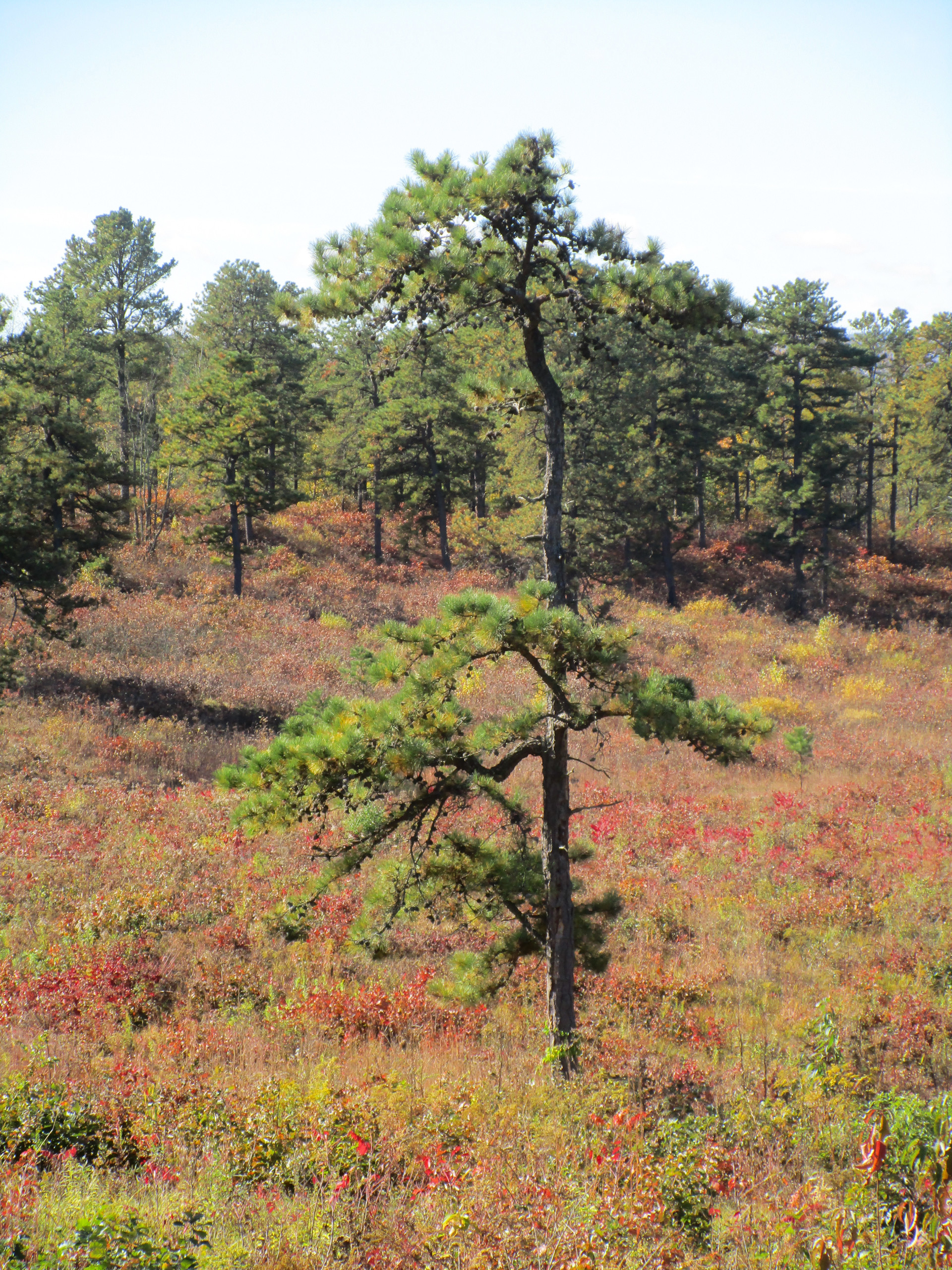Karner Blue Butterfly eggs are being cut open and eaten, and still no culprit has been found. The ants, however, have not been ruled out as suspects.
Dr. Peter Spoor gave an update on his investigations into the lifestyle and habits of the friendly butterfly at the Sept. 26 dinner at the Unitarian Church. Stunning slides of their eggs under an electron microscope failed to reveal what sort of creature is leaving it’s marks along the broken edges. Other excellent slides included caterpillars eating the undersides of lupine (they never touch the tops), eggs untouched and in formation, and a most lascivious portrait of two butterflies engaged in, ahem, intercourse.
While Dr. Spoor hasn’t found what is eating the eggs, he has, like the great detectives, discovered certain of the culprit’s habits. Damage to the eggs occurs only between dawn and noontime, never at night or in the afternoon. The perpetrators like fine weather. They waited out the blistering hot days of this past summer, only to attack with a vengeance on the first mild day. They also avoid rain, wind and cold days.
Ants will eat anything they can catch, but will not eat the larvae of the Karner Blue. The Pine Bush ants will actually stand guard over the caterpillars and defend them from predators. This is because the caterpillars, like aphids, secrete drops of sweet liquid which the ants collect. Unlike with aphids, however, the ants do not attempt to carry the larvae off to their nests, perhaps because they are too big.
This behavior does not mean that the ants are not eating the eggs. They have simply not been caught in the act. Another possible culprit is the assassin bug, which is proliferating in the Pine Bush in greater numbers than ever before. Robber flies occasionally catch mature butterflies, but have shown no predilection for eggs. Wasps are traditional enemies of caterpillars, and certainly have the equipment to rip open eggs.
Dr. Spoor does most of his investigations in the celebrated Crossgates plot, some three acres located behind a fence in the middle of the Crossgates Mall parking lot. The Mall flattened 180 acres of prime Pine Bush, and was built in defiance of the surrounding communities. The builder was Pyramid, which is under indictment at this time in Kingston, NY for bribery and kickbacks. While forcing approval for Crossgates upon the community, Pyramid greased the wheels by making massive campaign contributions to politicians such as Kevin Moss and Hugh Carey, both of whom did an about face and helped Pyramid. Part of the settlement that allowed the erection of Crossgates was the creation of this isolated plot as a Pine Bush preserve.
Dr. Spoor prefers this plot for his research, mostly because no one is allowed on it without special permission, so his experiments remain undisturbed. He suspects that it now has the largest single population of butterflies indigenous to the Pine Bush, and is vital as a gene pool if the butterflies are wiped out elsewhere by greedy developers and sleazy politicians. Crossgates takes management of the plot seriously, having recently spent $100,000 to remove aspen from it. (In the Pine Bush, volunteers are currently doing the same work.) The isolation of this pitiful plot makes it the perfect place for Dr. Spoor to conduct his vital researches.
Dr. Spoor will be looking for volunteers to help him next season. He can be reached at 518/445-7229 or 374-7563.
Volunteer to Watch the Butterfly
by Daniel W. Van Riper, Apr./May 90
Butterfly eggs are disappearing, and a local scientist is hoping to solve the mystery. He needs your help.
Dr. Peter Spoor, who is a faculty member at the Albany Pharmacy School is continuing his study of Lycaeides melissa samuelis , our famous Karner Blue Butterfly. He is looking for some volunteers to help him out.
The butterfly is seen in its adult stage twice a year-approximately the last week in May and the first week in June (first brood) and again the last week in July and the first week in August (second brood). During these times, the adult female Karner Blue lays eggs on the blue lupine plant. The eggs themselves are about the size of a large pin-head. In Dr. Spoor’s previous studies, he has noted that about 25% of these eggs simply disappear. He does not know where they go.
This year, Dr. Spoor hopes to find out what happens to these eggs. He wants to have someone watching them 24 hours a day for one week to see what happens to them. Dr. Spoor plans to induce some butterflies to lay eggs on specific plants, and then have volunteers watch these eggs constantly. He has all of the appropriate permits, and the Crossgates Mall has given him permission to study the butterfly on their preserve. He is primarily looking for people who could volunteer at night; he is hoping to be able to have three people on site each night for the week.
If you would like to volunteer for this fascinating study, please email Save the Pine Bush pinebush@aol.com. People wanting to volunteer only need to volunteer for one night.
